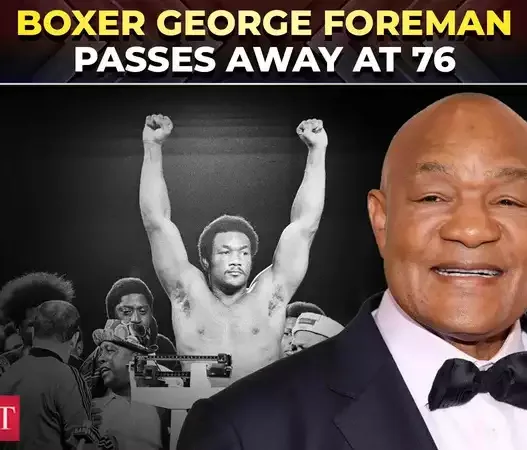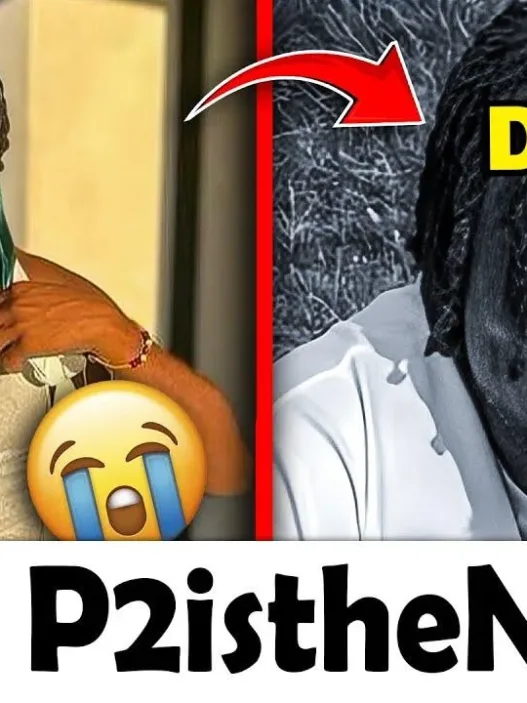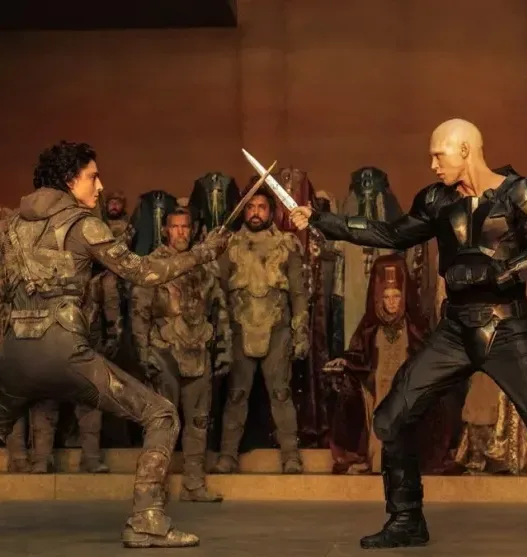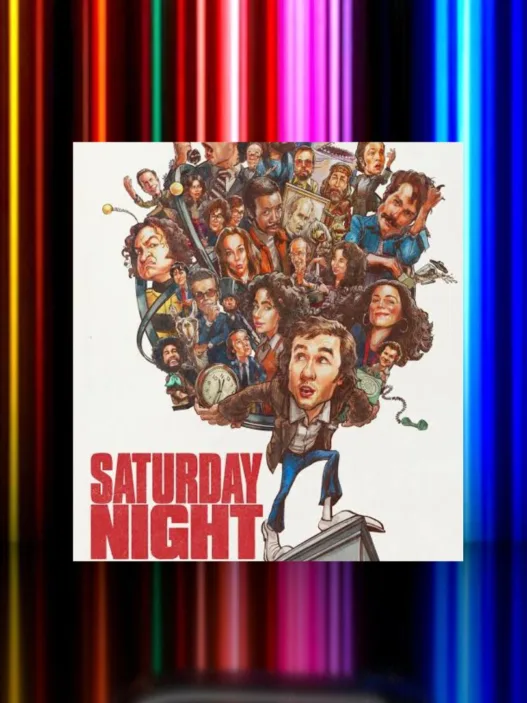Introduction to Social Media’s Role in Fashion
In recent years, social media has emerged as a transformative force within the fashion industry, reshaping how brands market their products and how consumers engage with fashion trends. Platforms such as Instagram and TikTok have revolutionized fashion marketing by providing brands with an avenue to reach millions of potential customers instantly. These social media platforms facilitate the rapid dissemination of visual content, creating a space where fashion enthusiasts can discover, share, and engage with new styles virtually in real-time.
The advent of influencer culture is one of the most notable shifts brought about by social media. Influencers, with their dedicated followings, possess the ability to endorse brands and trends, thereby influencing consumer behavior significantly. This organic promotion blurs the lines between traditional advertising and peer recommendations, leading to heightened authenticity in brand-consumer relationships. Consequently, trends can emerge spontaneously, often driven by user-generated content rather than formal fashion launches or seasonal collections. This has dramatically accelerated the traditional fashion cycle, which once relied on months of planning and preparation before a trend could reach the consumer.
Moreover, the accessibility of social media has democratized fashion, making it inclusive of various styles and cultures. Users from diverse backgrounds can showcase their unique fashion sense, leading to the creation of micro-trends that resonate with specific demographics. This fosters a more varied and rich tapestry of fashion, as individuals can participate in the conversation and contribute to the trends emerging in the industry.
Overall, social media has not only redefined how fashion is marketed and consumed but also how trends are created and adopted, leading to an era of unprecedented dynamism in the fashion landscape.
The Mechanics of Trend Propagation
Social media has revolutionized the way fashion trends emerge, propagate, and ultimately capture public attention. Central to this phenomenon is the concept of user-generated content, where individuals create and share their own fashion experiences and styles. This democratization of fashion allows for a diverse array of voices and aesthetics to be amplified, enabling trends to be born from unexpected sources rather than traditional fashion houses alone. As individuals share their outfits and fashion inspirations on platforms like Instagram, TikTok, and Pinterest, they tap into niche communities, creating a fertile ground for unique styles to gain traction.
Influencer marketing plays a pivotal role in the propagation of fashion trends. Influencers, often seen as tastemakers, have the ability to sway public opinion and drive consumer behavior due to their established credibility and personal brand. When an influencer dons a new trend, it is often met with widespread interest, encouraging followers to emulate their style. Collaborations between brands and influencers further enhance this effect; limited-edition collections promoted by popular figures can spark immediate buying frenzies and elevate trends to viral status.
The algorithms behind social media platforms also heavily influence how trends spread. Algorithms prioritize engaging and visually appealing content, ensuring that stylish posts circulate widely and rapidly. This can lead to trends becoming mainstream before they are even fully formed, as seen with specific challenges and dance moves that go viral on TikTok. These challenges often involve showcasing certain clothing styles or accessories, bridging the gap between entertainment and fashion. The fast-paced nature of social media ensures that trends can rise and fall within weeks, making it essential for brands and consumers alike to stay attuned to these constantly shifting currents.
As illustrated by the emergence of various viral fashion trends, such as the rise of thrifted styles and cottagecore aesthetics, social media is a powerful tool for trend propagation that reshapes the fashion landscape regularly.
Case Studies: Instagram and TikTok as Trendsetters
In recent years, social media platforms like Instagram and TikTok have emerged as powerful catalysts for fashion trends, reshaping the landscape of the industry. This section delves into specific case studies demonstrating how these platforms have not only launched new styles but have also influenced consumer behavior and retail strategies.
One notable example stemming from Instagram is the resurgence of cottagecore fashion. This aesthetic, characterized by romantic, rural-inspired clothing, gained traction through influencers showcasing vintage dresses, floral prints, and handmade accessories. As the trend captivated users, it quickly transcended niche communities, leading to fashion brands and retailers integrating these designs into their collections. Retailers such as ASOS and Urban Outfitters capitalized on the trend’s popularity, developing entire lines that catered to this new demand. The speed at which cottagecore took over social media indicates the platform’s ability to create fleeting yet impactful trends that resonate widely with users.
On the other hand, TikTok has carved out its niche for launching viral trends, particularly through challenges and user-generated content. The “E-girl” style is a prime example, emerging from an array of short videos where users showcased their unique interpretations of this eclectic look. The E-girl aesthetic, which often encompasses layered clothing, vibrant hair colors, and distinctive makeup, gained a foothold among younger audiences. Retail giants such as Forever 21 and SHEIN quickly adapted by marketing pieces that fit this style, resulting in rapid sales and the establishment of a trend-driven inventory.
Ultimately, both Instagram and TikTok exemplify the evolving nature of fashion dissemination. Their unique algorithms and user engagement tactics allow for rapid experimentation, with trends often emerging from the organic creativity of users rather than traditional fashion houses. These platforms maintain a significant impact on fashion retailers, driving them to remain agile in order to meet consumer demand shaped by social media dynamics.
Future Implications of Social Media on Fashion Trends
The evolution of social media continues to redefine the landscape of the fashion industry, with various implications that will shape its future. As platforms advance, they are expected to influence how fashion marketing is conducted and how consumers interact with brands. One of the most pressing concerns is the environmental impact of fast fashion, which is often exacerbated by social media’s rapid dissemination of trends. As awareness of sustainability grows, brands will likely be compelled to adopt more eco-friendly practices to align themselves with conscious consumerism.
Authenticity is another critical factor that is expected to gain prominence in the future. In an age where influencers can dominate discussions about style, consumers are increasingly questioning the credibility of trendsetters. Brands may need to prioritize genuine collaborations with individuals who resonate with their ethos or demonstrate transparency in their marketing campaigns. This shift could lead to the rise of micro-influencers who offer more authentic connections with their audiences, thereby fostering a more responsible approach to fashion consumption.
Furthermore, social media is transitioning consumers from passive buyers to active participants in the fashion narrative. This democratization allows consumers to share their personal styles, thereby influencing trends organically. The participation of consumers can lead to distinct community-driven movements that challenge traditional fashion hierarchies, emphasizing diversity and individuality. With platforms facilitating conversations and feedback, brands must consider audience insights when launching new collections or campaigns.
In conclusion, the future implications of social media on fashion trends will undoubtedly transform how brands market their products, how consumers engage with fashion, and how sustainability is prioritized. As advancements continue, a collaborative and responsible approach will be essential for navigating this ever-evolving industry.













